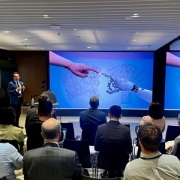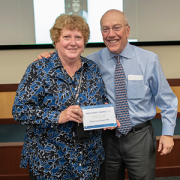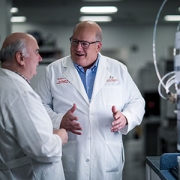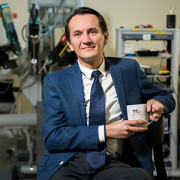Facial analysis technology helps diagnose rare genetic disease
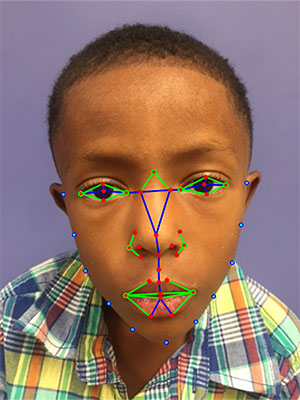
A new study uses facial analysis technology developed at Children’s National to diagnose 22q1.2 deletion syndrome, also known as DiGeorge syndrome.
According to a new study led by the National Human Genome Research Institute (NHGRI), facial analysis technology can assist clinicians in making accurate diagnosis of 22q1.2 deletion syndrome, also known as DiGeorge syndrome. Using objective facial analysis software, developed by researchers from the Sheikh Zayed Institute for Pediatric Surgical Innovation at Children’s National, the study compared the most relevant facial features characteristic of DiGeorge syndrome in diverse populations. Based on a selection of 126 individual facial features, the researchers were able to correctly diagnose patients with the disease from different ethnic groups with 96.6 percent or higher accuracy.
“The results of the study demonstrated that the identification of rare diseases benefits from adapting to ethnic and geographic populations,” said Marius George Linguraru, D.Phil., developer of the facial analysis technology and an investigator in the study from Children’s National.
Linguraru and his team are also working on a simple tool that will enable doctors in clinics without state-of-the-art genetic facilities to take photos of their patients on a smartphone and receive instant results.


